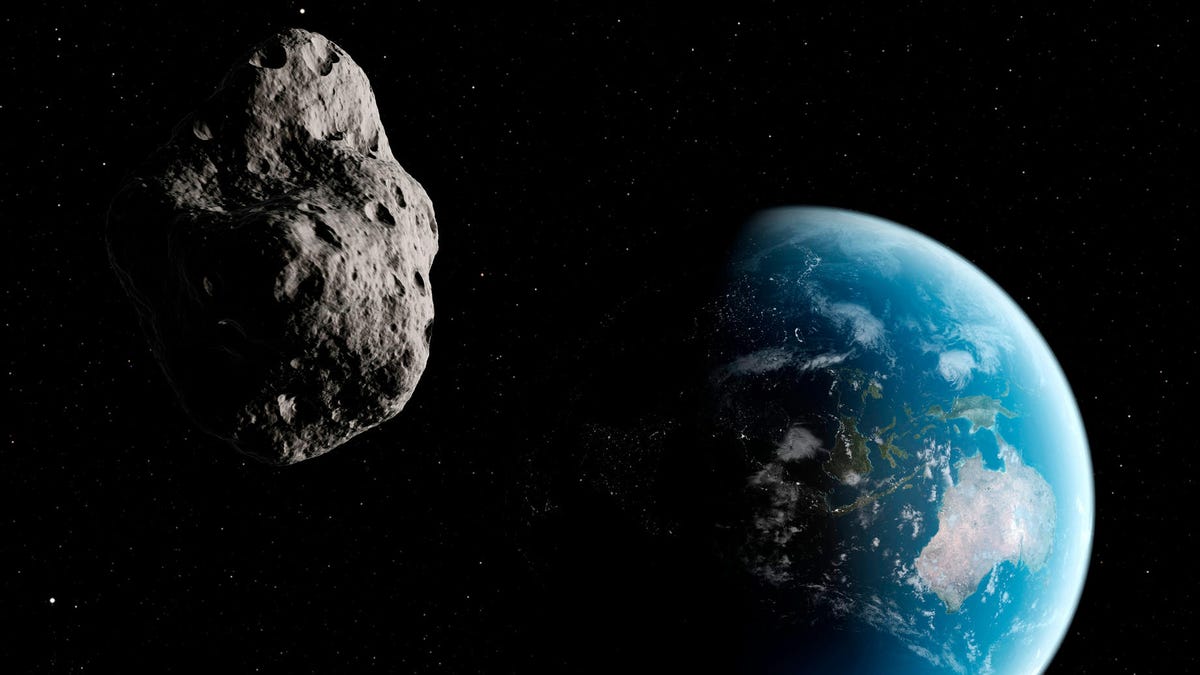Asteroid discovered after it makes the closest flyby of the year
The space rock came sneaking up on us from behind the sun.

The closest call of the year happened Friday.
A bus-size asteroid made the closest pass by Earth so far this year, coming closer than the orbit of many communications satellites as it buzzed by on Friday.
Astronomers actually discovered the 15-meter (49-foot) asteroid 2018 PD20 on Saturday using telescopes on Hawaii's Mauna Loa, after it'd already made its closest approach to our planet.
Amateur astronomer and high school physics teacher Tony Dunn explained via Twitter that the asteroid was "undiscoverable prior to closest approach because it came from the direction of the Sun."
Ron Baalke from NASA's Jet Propulsion Laboratory shared this illustration showing 2018 PD 20 passing in front of the orbiting moon and then much closer by Earth before heading back out to the solar system.
A newly discovered ~15-meter asteroid, 2018 PD20, made a really, really close flyby of Earth on August 10, 2018 at a distance of only 0.09 Lunar Distance, or 35,000 km. pic.twitter.com/y77lLmi3Hs
— Rocket Ron 🚀 (@RonBaalke) August 13, 2018
Dunn also used an orbit simulation program to show the trajectory of the asteroid was "heavily bent by Earth's gravity:"
.@Ujascool007 and @RonBaalke
— Tony Dunn (@tony873004) August 13, 2018
2018 PD20's trajectory was heavily bent by Earth's gravity.https://t.co/f1niwQJDp9 pic.twitter.com/e6SDMWNKWd
In the above diagram, the purple circle represents geosynchronous orbit, where many large satellites reside. The asteroid passed inside this orbit, coming within 33,210 kilometers (20,636 miles) of us.
The close call comes a few months after an asteroid named 2018 LA was spotted just hours before it actually impacted our atmosphere, and eventually became bits of meteorite that landed in Africa. That asteroid was estimated to be only 2 meters (6 feet) across. No injuries or damage were reported from the impact, though it did light up the skies briefly.
CNET Magazine: Check out a sample of the stories in CNET's newsstand edition.
Fight the Power: Take a look at who's transforming the way we think about energy.

